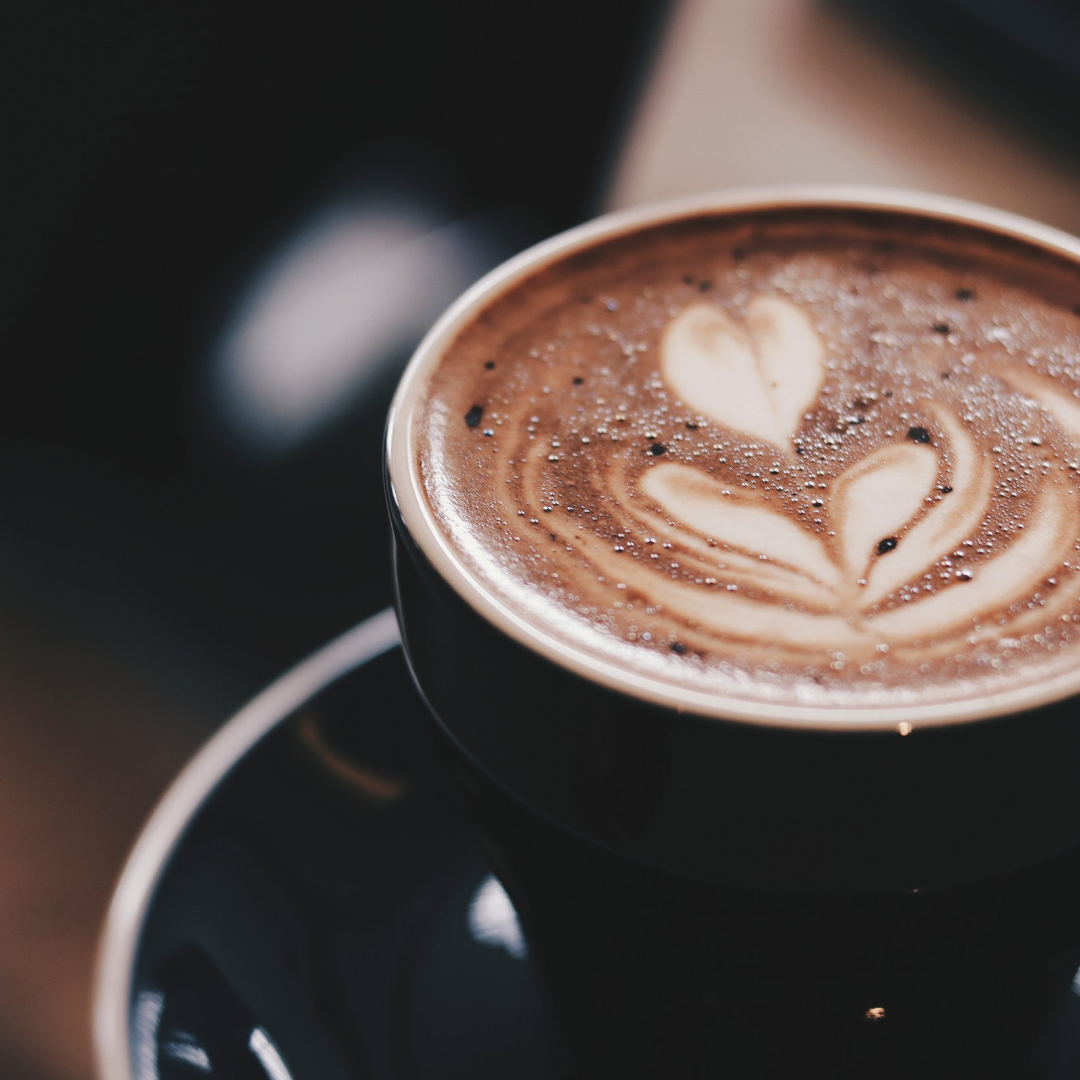
The Main Differences Between Cappuccino And Espresso
Share
Everyone has their favourite coffee drinks, and for some, the day doesn’t start until they’ve had their caffeine fix. Coffee comes in several different varieties, with varying degrees of darkness and strength. Let’s explore the differences between two of the most popular coffee drinks: Cappuccino and Espresso.
What Is Cappuccino?
Cappuccino is made using Espresso, piping hot milk, and steamed milk foam. They serve it at every cafe, or it can be made at home using premium coffee blends like Old Rail Coffee co. Cappuccino is typically served in a glass cup coated with chocolate.
Cappuccino is customizable, and can be modified according to how they like it. For example, substituting milk with cream gives it an extra velvety texture. Similarly, people who avoid milk can skip dairy products and use almond, oat, coconut or soy milk instead. It’s also possible to control how it is. For example, pouring milk from the middle of the cup instead of the edge gives it an extra layer of foam on top.
What is Espresso?
Espresso means “pressed-out” in Italian. It is a type of coffee made by forcing a small amount of nearly boiling water under pressure through finely-ground coffee beans. Espresso doesn’t have anything other than water and coffee bean powder.
Different ground coffee bean types and their degrees of roast can result in different strengths, which is why Espresso comes in a wide variety of styles. The power of Espresso varies, depending on the coffee bean used, the brewing method, and the applied pressure. Cafes use professional brewing machines, like the ones from Espresso Canada, to make Espresso, but some of those machines are also available for domestic use.
The difference between Cappuccino and Espresso
Cappuccino and Espresso are both coffee drinks made by using ground coffee, with the difference being that in Cappuccino, steamed milk is added. The primary ingredient is high-quality ground coffee, and some of the most premium blends are available at Old Rail Coffee co.
Now that the most obvious differences are out of the way, let’s dig into the two drinks in a bit more detail.
Serving size
The drinking size of Cappucino and Espresso is different from one another. A Cappuccino is usually served in a small cup ranging from 6 to 8oz. In contrast, Espresso is served in shots with an average size of 1 to 2 ounces.
Texture
Espresso has a thicker and more viscous texture than a Cappuccino, which is typically frothier and milkier. The flavour difference contributes to the consistency as well as the appearance.
As there are two layers of milk foam in a cappuccino, the texture difference is even pronounced. The layer on top will be softer and smoother, while the bottom layer will be crispier. The lighter texture of the Cappuccino is due to the steamed milk.
Caffeine content
Espresso is the most caffeine-dense drink, and an average shot usually has 60 to 80mg of caffeine. Although a cup of Cappucino contains one to two shots of Espresso and may contain more caffeine, the addition of milk and foam brings the concentration down.
Taste
Cappuccino has a subtle flavour, which is why the drinker needs more than one sip to comprehend it fully. It has a thick, creamy, and velvety taste, especially noticeable in the coffee foam. At the bottom, the flavour is intense but not overpowering.
Espresso, on the other hand, has a robust taste through and through. It is very strong but still smooth enough to be enjoyed with food. Espresso is bold and “hefty.” That’s because high-pressure brewing produces an intensely concentrated extraction which leaves a lingering aftertaste.
Sugar content
Cappuccino gets its sweet taste from sugar, whereas Espresso is void of any sweetness. However, it depends on the drinker’s preference. One can have a cappuccino without sugar and enjoy the natural sweetness of milk or cream, or they can add as much sugar as they like, as long as it doesn’t overshadow the coffee flavour.
Calorie count
An espresso enthusiast wouldn’t have to worry about calories as it contains only 2 calories per shot. On the other hand, Cappuccino has around 40 calories in an average serving, and that’s with skimmed milk! If it has full-cream milk, the calorie count goes up to 60 for a small cup.
Which is better, Cappuccino or Espresso?
Cappuccino and Espresso are magnificent drinks, but which one is better depends on the drinker’s preference. Someone who likes a little sweetness and love from their coffee would find the Cappuccino more their style. Cappuccino has a milder taste than Espresso, and the milk and frothiness make it softer and subtler than Espresso.
On the other hand, Espresso is bolder and stronger. It has a robust taste that will satisfy the taste buds in an instant. A person who enjoys a no-nonsense dose of caffeine needs to look no further than an espresso.
Where to buy Cappuccino and Espresso blends?
Cappuccino and Espresso blends are readily available in the market, but it’s better to get them from a dedicated coffee shop. They have a wide variety of coffee blends to choose from. But the best option is to have one’s preferred ground coffee mix delivered right at home from Old Rail Coffee co. Especially the Station Blend (Bar Espresso)

